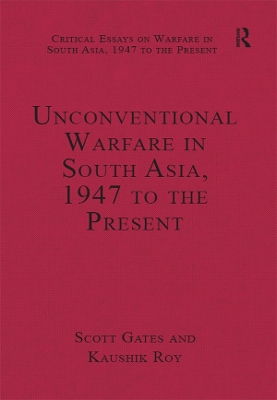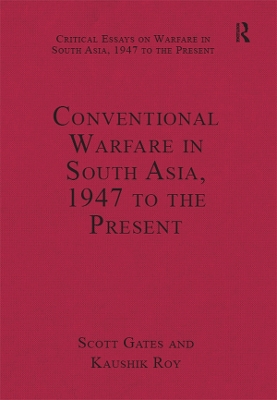Critical Essays on Warfare in South Asia, 1947 to the Present
3 total works
Unconventional war is an umbrella term which includes insurgencies, counter-insurgencies, terrorism and religious conflicts. Insurgencies and communal conflicts have become much more common in this region since 1947, and more people have died in South Asia due to unconventional wars than conventional warfare. The essays in this volume are organized in two sections. While the first section deals with insurgencies, counter-insurgencies and terrorism; the second section covers the religious aspects of the various intra-state conflicts which mar the multi-ethnic societies of South Asia.
The essays included in this volume focus on conventional war on land, sea and air fought by the states of South Asia and their impact on the host societies and economies. The authors are drawn from academia and the military in India and Pakistan, as well as from outside the subcontinent in order to give a wide perspective. In the introduction the editors describe the changing contours of warfare in South Asia, and the similarities and dissimilarities with warfare in the Middle East and South East Asia. The volume highlights the influence of extra-regional powers like China, Russia and the US in providing arms, munitions and shaping the texture of military doctrines and force structures of the South Asian powers.
This collection of seminal articles illustrates the reasons for the spiraling nuclear race in the Asian subcontinent and introduces the principal debates in the field. Authors discuss whether the acquisition of nuclear weapons by the South Asian powers has raised the likelihood of a nuclear war in the subcontinent or reduced the chance of a conventional war breaking out. They examine whether a small nuclear arsenal or a nuclear triad, as declared by India, is suitable for bringing stability to the region, as well as the risk of an accidental nuclear conflagration. The first section charts the evolution of nuclear programmes on the basis of realpolitik, and the second section analyses nuclear policies on the basis of religious and cultural ethos. A few essays turn the spotlight on the role of external powers in accelerating, decelerating and mediating the ongoing nuclear tension between India and Pakistan.


